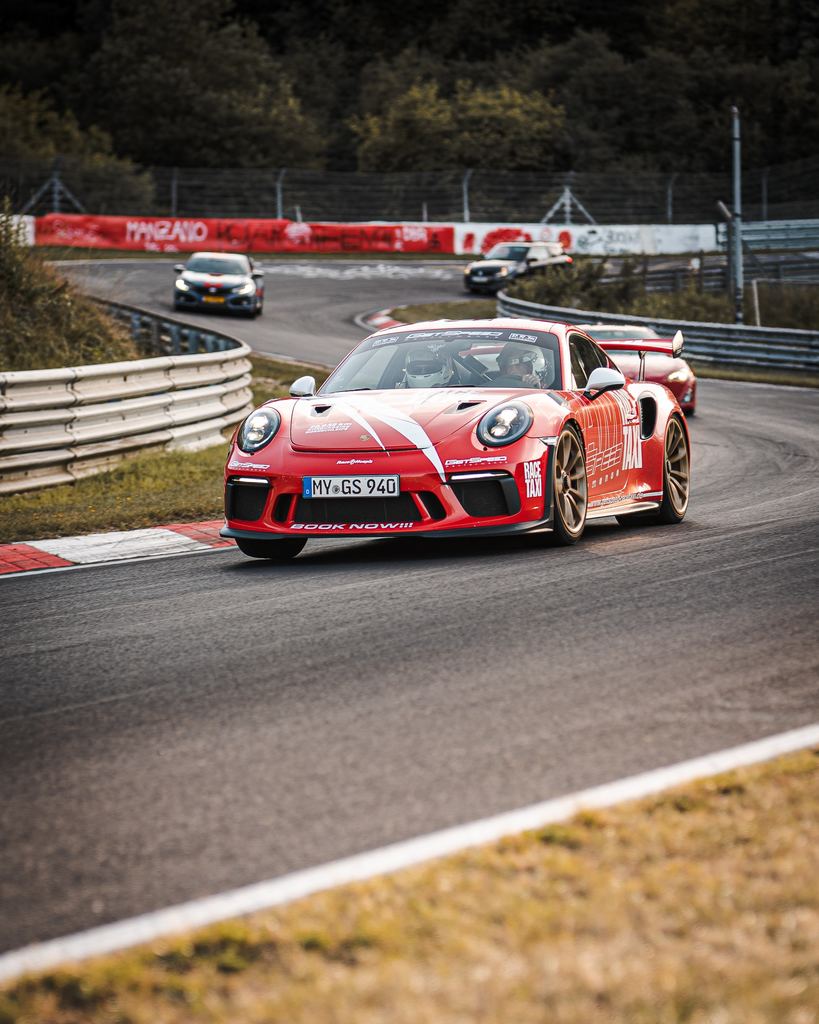
Introduction:
As a racing enthusiast, you understand the importance of having your race car or race motorcycle safely transported to the track. Whether you’re participating in a local event or a national competition, proper transportation is crucial to ensure your vehicle arrives in pristine condition. In this blog post, we’ll provide you with valuable insights and tips on how to transport your race car or race motorcycle safely and securely, allowing you to focus on the thrill of the race.
1. Choose the Right Trailer:
Selecting the appropriate trailer for transporting your race vehicle is the first step in ensuring a smooth and safe journey. For race cars, an enclosed trailer offers protection from the elements and provides added security. Look for trailers with built-in tie-down points, adjustable ramps, and sufficient interior space to accommodate your vehicle and any additional equipment or tools.
2. Prepare Your Vehicle:
Before loading your race car or race motorcycle onto the trailer, take the time to prepare it for transportation. Check tire pressures and inflate them to the recommended levels. Inspect the vehicle for any loose components or fluid leaks and address any issues promptly. Secure loose parts, such as removable wings or spoilers, to prevent damage during transit.
3. Secure the Vehicle Properly:
Properly securing your race vehicle inside the trailer is essential to prevent shifting or damage during transportation. Use high-quality straps and wheel chocks to immobilize the vehicle. For race motorcycles, consider using specialized motorcycle wheel chocks to secure the front wheel. Apply tension evenly to the straps to ensure a balanced and secure load.
4. Balance the Load:
Maintaining a balanced load inside the trailer is crucial for stability and safe towing. Position the race car or race motorcycle centrally within the trailer, distributing the weight evenly across the axles. Avoid overloading the front or rear of the trailer, as this can impact towing stability and compromise safety.
5. Check Trailer Hitch and Coupling:
Inspect the trailer hitch and coupling to ensure they are in good working condition before attaching the trailer to your towing vehicle. Make sure the hitch and coupling are properly secured and locked. Double-check all connections, including safety chains and electrical wiring, to ensure they are secure and functioning correctly.
6. Plan Your Route:
Before hitting the road, plan your route to the racing destination. Consider factors such as road conditions, traffic patterns, and any height or weight restrictions that may apply to your trailer and towing vehicle. Opt for routes that are well-maintained, with wide lanes and minimal sharp turns or steep inclines. Check for any road closures or construction that may affect your journey.
7. Be Mindful of Weight Limits:
Adhere to weight limits set by your towing vehicle and trailer manufacturer. Overloading your towing vehicle or exceeding the trailer’s weight capacity can compromise safety and put undue stress on the vehicle’s drivetrain and suspension. Distribute weight evenly between the towing vehicle and the trailer to maintain stability and control.
8. Drive Smoothly and Responsibly:
When towing your race vehicle, drive defensively and anticipate the increased braking distance and reduced maneuverability. Maintain a safe following distance from other vehicles and avoid sudden lane changes or abrupt braking. Accelerate gradually to minimize stress on the towing vehicle and trailer.
9. Regularly Check the Trailer and Vehicle:
During your journey, make periodic stops to inspect the trailer and vehicle. Check the straps and tie-downs to ensure they are still secure. Examine the tires for any signs of damage or abnormal wear. Verify that all lights and signals on the trailer are functioning properly.
10. Unload with Care:
Once you arrive at the racing venue, unload your race vehicle with caution. Follow the reverse procedure of the loading process, ensuring proper balance and stability. Use caution when removing straps and tie-downs, and slowly release tension to avoid sudden movements.
11. Consider a professional towing company:
If you do not think you can safely transport your own vehicle – please consider hiring a professional towing company and use their towing services that can handle this and is licensed and insured. You might have to pay a little extra, but your peace of mind will be worth is.
Conclusion:
Properly transporting your race car or race motorcycle is essential to ensure it arrives at the track in optimal condition. By choosing the right trailer, preparing your vehicle, securing it properly, balancing the load, checking the trailer and vehicle, planning your route, and driving responsibly, you can enjoy peace of mind knowing that your prized racing machine is safe and secure during transportation. With a well-executed transportation plan, you can focus on what you love most—racing and pushing the limits on the track.